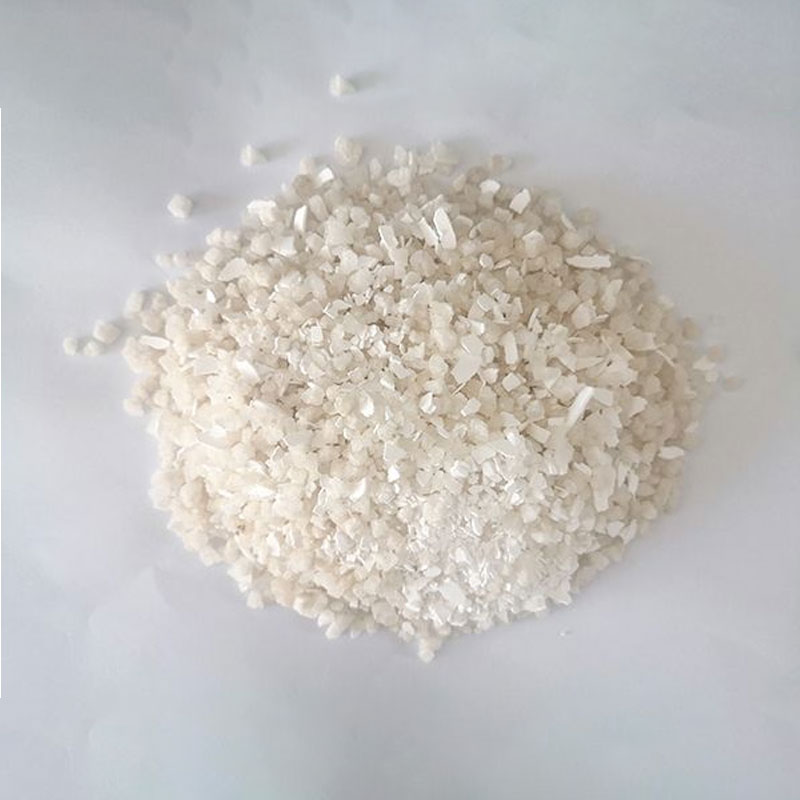How Do Railway Deicing Agents Ensure Safe and Efficient Train Operations?
2025-03-03
Winter weather can cause serious disruptions to railway operations, leading to delays, reduced efficiency, and safety concerns. Ice and snow accumulation on tracks, switches, and overhead lines can obstruct train movement and increase the risk of accidents. Railway deicing agents play a crucial role in preventing and removing ice buildup, ensuring the smooth and safe operation of trains in harsh winter conditions. But how do these deicing agents work, and what makes them effective?
1. What Is a Railway Deicing Agent?
A railway deicing agent is a specialized chemical formulation designed to prevent ice formation or break down existing ice on railway tracks and infrastructure. These agents work by lowering the freezing point of water, making it difficult for ice to bond to surfaces.
2. How Do Deicing Agents Work?
Railway deicing agents function through one or both of the following mechanisms:
- Anti-Icing: These agents are applied before ice forms, creating a protective layer that prevents ice from bonding to the surface.
- Deicing: When ice has already formed, these agents break down the ice structure, making removal easier.
3. Types of Railway Deicing Agents
(1) Liquid Deicers
- Composed of potassium acetate, calcium chloride, or magnesium chloride.
- Sprayed directly onto railway tracks and switches.
- Quick action and effective for preventing refreezing.
(2) Solid Granular Deicers
- Made from sodium chloride (rock salt), urea, or specialized chemical blends.
- Slowly dissolve to provide long-lasting deicing effects.
- Used in areas requiring continuous ice prevention.
(3) Glycol-Based Deicers
- Primarily used for sensitive railway components such as electrical connections and overhead wires.
- Less corrosive than traditional salts, making them ideal for high-tech railway systems.
4. Advantages of Using Railway Deicing Agents
- Prevents Train Delays: Keeps tracks, switches, and signals ice-free, ensuring uninterrupted train schedules.
- Enhances Safety: Reduces the risk of derailments and accidents caused by ice accumulation.
- Protects Railway Infrastructure: Non-corrosive formulations prevent damage to metal components and electrical systems.
- Cost-Effective: Minimizes the need for manual snow and ice removal, lowering maintenance costs.
5. Application Methods for Maximum Efficiency
- Track Spraying Systems: Automated systems apply liquid deicers along rail lines.
- Manual Application: Maintenance crews distribute solid deicers where needed.
- Preemptive Treatment: Applying deicers before a snowstorm can significantly reduce ice buildup.
Railway deicing agents are essential for maintaining safe, efficient, and reliable train operations during winter months. By choosing the right type of deicer and using strategic application methods, railway operators can prevent ice-related disruptions and enhance passenger safety.



